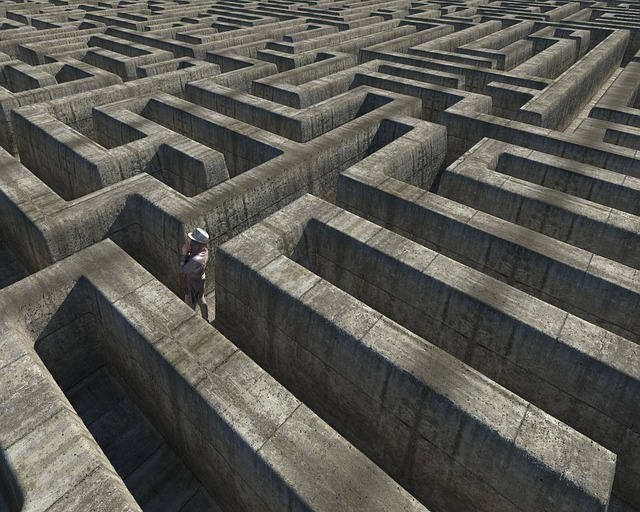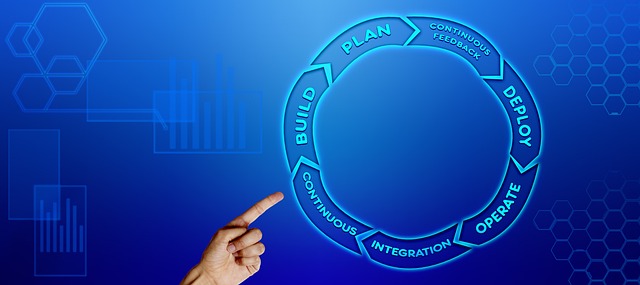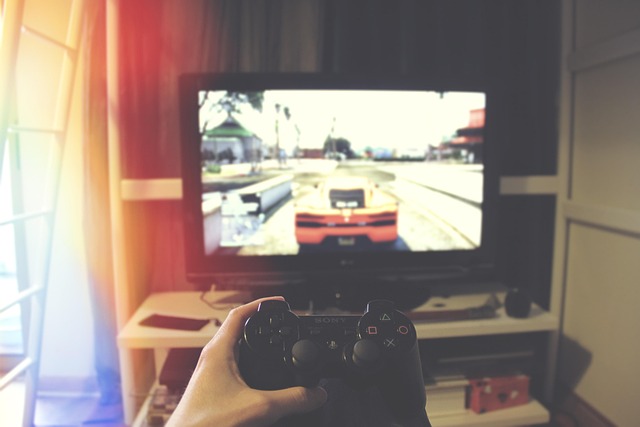The Game of Communication: Navigating Challenges in Gaming Development
In the fast-paced world of games and eSports, effective communication stands as a critical yet often underestimated player in the development process. Whether it’s an indie team crafting their first title or a large studio pushing the limits of immersive experiences, communication challenges frequently emerge, influencing not just the workflow but ultimately, the quality and success of the game itself.
The Complexity Behind the Code
Developing a video game is a multifaceted endeavor. It involves artists, programmers, designers, sound engineers, and many other specialists, all working in tandem. Each contributor is a vital piece of the puzzle, but missteps in communication can often lead to delays, duplicated efforts, or features that don’t quite fit together.
For instance, when the design team envisions a specific user experience, but this vision is not clearly communicated to the programmers, the final product can stray far from the original intent. These communication challenges often create a ripple effect through the development cycle, leading to budget overruns and missed deadlines. In the competitive landscape of eSports especially, where player experience and balance are paramount, these issues can prove disastrous.
Bridging Disciplines Across Development Teams
The diversity of roles within a game development team brings richness, yet it requires a shared language. Artists think visually, coders think logically, and producers manage timelines and resources. Breaking down silos by fostering open dialogue and encouraging cross-disciplinary understanding helps overcome inherent communication challenges.
Regular check-ins, agile methodologies, and collaborative tools are not just buzzwords: they are vital instruments leveraging the strengths of multiple perspectives. Through game jams, prototyping sessions, or even shared playtests, teams can cultivate a culture where ideas flow freely and feedback is instantly integrated.
Communication in the eSports Arena
Beyond development, communication remains key in the gaming community and the burgeoning domain of eSports. Player feedback can drive live updates and balance patches, but hearing and interpreting this feedback responsibly depends heavily on the team’s ability to listen and respond effectively. Public relations and community managers act as crucial liaisons, translating player concerns into actionable tasks for developers.
Moreover, the live and often intense atmosphere of eSports competitions demands that players, coaches, and commentators excel at clear, concise communication under pressure. This dynamic transcends into how game developers plan feature rollouts and strategize updates that resonate with both casual players and competitive pros.
Embracing the Challenge
Embracing the communication challenges in game development means recognizing that games are not just lines of code or exquisite graphics; they are heartfelt stories, complex systems, and communal experiences crafted by people. When teams invest in building strong communication channels, they not only enhance collaboration but also unlock creativity and innovation that can transform a game from ordinary to extraordinary.
The art of navigating these challenges is much like mastering a game: it requires practice, patience, and strategy. As the gaming industry continues to grow and evolve, so too must our approach to communication, ensuring that every player in the development team has the power to contribute meaningfully to the ultimate goal — delivering unforgettable gaming experiences.




